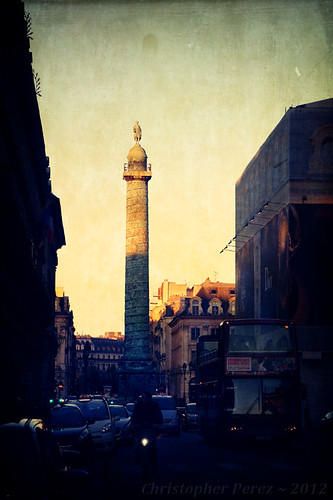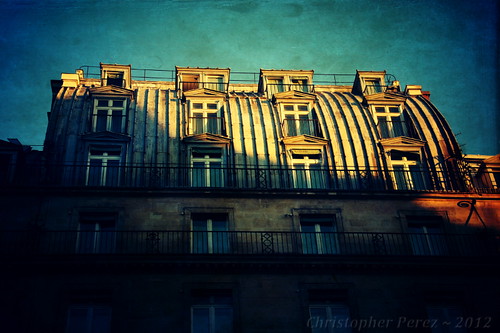Having grown up wishing I could attend an Ansel Adams seminar in Yosemite Valley taught by St Ansel himself, having made special trips to view Edward Weston original prints in Newport Beach, having worked as a black and white print technician in Hollyweird, having watched the death of the Great Yellow Father (Kodak), and having witnessed the transition from photography as something to hang on the wall and admire into photography as an immediate means of sharing experience, the scope of this short span of history is more than a little mind-boggling.

For years, the measures and gold standards of photography as "art" included being shown in a significant gallery and selling a great many images for as much as the market would bear.
Alas, very few photographers have ever really been able to achieve these goals. Edward Weston died after some time suffering from Parkinson's disease. Ansel Adams never really saw much money from his artistic endeavors. Modern day photographers have made money by being commercial artists, where very few have made money from their art. Annie Leibowitz, while claiming to make $1Million a year, is essentially broke and may have sold all rights to her prior work to cover her enormous debts. Christopher Burkett, the incredible color print artist, while doing well financially, is largely unknown on the world stage.

The rise of the camera as a creative tool of artistic expression has morphed into something completely unexpected and is now very different from what many of us thought would be possible.
Think for a moment. If what the Facebook CEO says is right and if 250MILLION photographs have been uploaded onto the social networking site in the year 2011, and if the majority of those images were made using mobile telephones, the very nature of what photography "means" has changed.
Gone, likely forever, are the days where it mattered what you used as a camera and how your tended your technical, as well as creative, processes, including all the energy it took to nurture the relationships of who you knew in the publishing industry and gallery art worlds.
It's as if the mad painter Van Gogh were able to multiply his already prolific output by hundreds of millions of times. If you'll recall, Van Gogh's last three years of his life were filled with artistic creations of spectacular success and heart-wrenching hard to believe failures.

It's as if the potential for sculpting incredibly good and incredibly bad marble had suddenly reached the planet Earth's 3 billion inhabitants, and every single one of these creatures could make something, according to their abilities, desires, and whims.
And so it is with photographic image making. You get a few brilliant images and a lot of just plain rubbish. Yet, all of it is meaningful to someone somewhere somehow. All billions and billions of images of it. All being cranked out at the speed of networked telecommunications.
The Peter Brook Wired Magazine article that I linked in part one of this series solidified, for me, where we are in the "state of things". I agree for most of society that we have moved from a photograph being an object to photographs being experiences. Re-read M. Brook's thoughts and see if you don't agree.


For years, the measures and gold standards of photography as "art" included being shown in a significant gallery and selling a great many images for as much as the market would bear.
Alas, very few photographers have ever really been able to achieve these goals. Edward Weston died after some time suffering from Parkinson's disease. Ansel Adams never really saw much money from his artistic endeavors. Modern day photographers have made money by being commercial artists, where very few have made money from their art. Annie Leibowitz, while claiming to make $1Million a year, is essentially broke and may have sold all rights to her prior work to cover her enormous debts. Christopher Burkett, the incredible color print artist, while doing well financially, is largely unknown on the world stage.

The rise of the camera as a creative tool of artistic expression has morphed into something completely unexpected and is now very different from what many of us thought would be possible.
Think for a moment. If what the Facebook CEO says is right and if 250MILLION photographs have been uploaded onto the social networking site in the year 2011, and if the majority of those images were made using mobile telephones, the very nature of what photography "means" has changed.
Gone, likely forever, are the days where it mattered what you used as a camera and how your tended your technical, as well as creative, processes, including all the energy it took to nurture the relationships of who you knew in the publishing industry and gallery art worlds.
It's as if the mad painter Van Gogh were able to multiply his already prolific output by hundreds of millions of times. If you'll recall, Van Gogh's last three years of his life were filled with artistic creations of spectacular success and heart-wrenching hard to believe failures.

It's as if the potential for sculpting incredibly good and incredibly bad marble had suddenly reached the planet Earth's 3 billion inhabitants, and every single one of these creatures could make something, according to their abilities, desires, and whims.
And so it is with photographic image making. You get a few brilliant images and a lot of just plain rubbish. Yet, all of it is meaningful to someone somewhere somehow. All billions and billions of images of it. All being cranked out at the speed of networked telecommunications.
The Peter Brook Wired Magazine article that I linked in part one of this series solidified, for me, where we are in the "state of things". I agree for most of society that we have moved from a photograph being an object to photographs being experiences. Re-read M. Brook's thoughts and see if you don't agree.

No comments:
Post a Comment